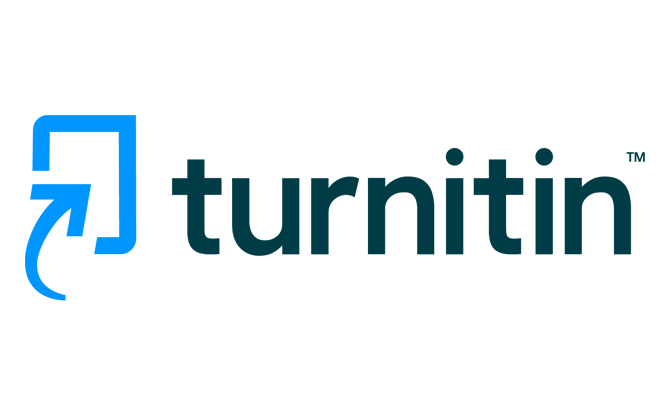Eat Behavior Muara Goat (Capra aegagrushircus) in the village of Batubinumbun, Muara, North Tapanuli Regency
DOI:
https://doi.org/10.32734/jpi.v5i1.2106Keywords:
goat, behavior, eatAbstract
Goat eating behavior can support nutrition of goat feed. This information is important for farmers in an attempt for Muara condition the environment and design the appropriate management needs goats. This research was conducted in July and August 2016. Livestock were used as many as 30 individuals. Eating behavioral observations performed on four groups, namely: group I (adult males and adult females with a ratio of 1: 9), Group II (adult males and adult females with a ratio of 1: 4), Group III (young male 6 tails and females young or virgin 4 individuals) and group IV (tiller consists of 2 males and females tails 3 tails). Research method was One Zero with a 15 minute interval performed on at 08.00-12.00. The results showed higher feeding activity compared to activity of rumination, the group with the highest feeding activity in the goat group samplings, rumination activity while highest in the group of adult goat.
Downloads
Downloads
Published
Issue
Section
License
The Authors submitting a manuscript do so on the understanding that if accepted for publication, copyright of the article shall be assigned to Jurnal Peternakan Integratif as well as TALENTA Publisher Universitas Sumatera Utara as the publisher of the journal.
Copyright encompasses exclusive rights to reproduce and deliver the article in all forms and media. The reproduction of any part of this journal, its storage in databases and its transmission by any form or media, will be allowed only with written permission from Jurnal Peternakan Integratif.
The Copyright Transfer Form can be downloaded here.
The copyright form should be signed originally and sent to the Editorial Office in the form of original mail or scanned document.















